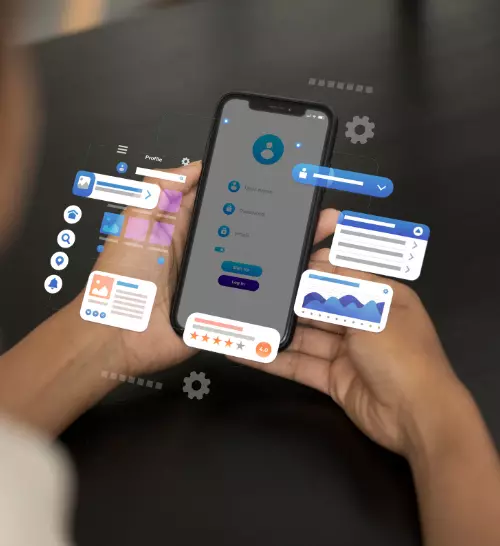
- Application mobile
Développement offshore : Comment créer une application mobile tout en maîtrisant son budget ?

In the world of mobile development, choosing the right technology for your app is a critical decision. Whether you are a startup or an established company, this choice will directly impact the user experience, budget, development time, and maintenance. You have three main options: native, hybrid, or web application. Each has its own advantages, disadvantages, and specific use cases.
In this article, we’ll guide you step by step to understand these three types of mobile applications and help you make the most suitable choice for your project.
A native application is developed specifically for a mobile operating system: iOS (using Swift or Objective-C) or Android (using Kotlin or Java). This means the code is designed to fully leverage the features of the target system.
Advantages
Disadvantages
Ideal use cases
A hybrid application is built using web technologies (HTML, CSS, JavaScript), then wrapped in a native container. Frameworks like Ionic, Cordova, Flutter, or React Native allow for the creation of these cross-platform apps.
Advantages
Disadvantages
Ideal use cases
A mobile web app (or PWA – Progressive Web App) is an advanced version of a website, optimized for mobile devices. It runs in a browser but can also be “installed” on a home screen and work offline.
Advantages
Disadvantages
Ideal use cases
For more details, you can consult Google’s official documentation on Progressive Web Apps.
Mobile development involves strategic decisions. Here are the key criteria to consider:
Project objectives
Budget
Time to market
Maintenance and scalability
Here are some examples to illustrate the choice between native, hybrid, and web:
Make Esokia your trusted partner for the successful execution of all your mobile development projects.
At Esokia, we have been supporting our clients in their mobile development projects for over 15 years. Our team of experts works closely with you to assess technical, functional, and economic requirements in order to design a tailor-made, high-performance, and scalable solution.
Our agile methodology allows you to stay involved at every stage of the project while remaining flexible when it comes to adjustments. Whether you choose a native application, a hybrid app, or a Progressive Web App (PWA), we guide you in making the right technological decisions to ensure the success of your application.
You can also browse through our portfolio to discover the mobile projects we have successfully delivered.